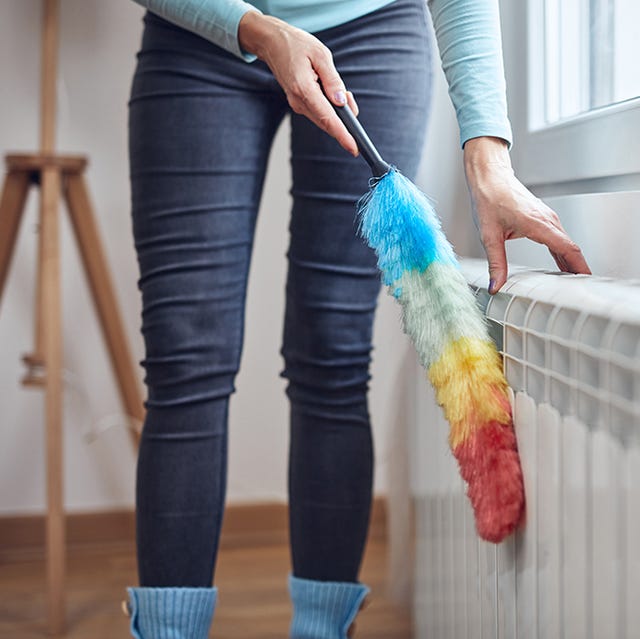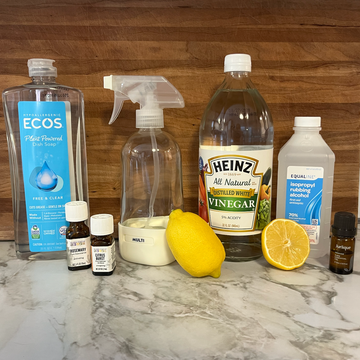7 Reasons Your House Is So Dusty — and How to Fix Them, According to Experts
These innocent mistakes can cause serious buildup.

We've been independently researching and testing products for over 120 years. If you buy through our links, we may earn a commission. Learn more about our review process.
Do you ever feel like no matter how much you clean, the dust just keeps coming back? It can make every surface in your home look dull and tired or, worse, irritate any allergies you may have.
Dust is buildup created by airborne particles of fine, dry matter — think skin flakes, pet dander, fabric particles, pollen, dirt and sand. Just about anything in your home, and even outside of it, can contribute to the dust buildup on counters, shelves, carpets, upholstery and more. And that's precisely why it can seem impossible to completely eradicate those dust bunnies — a problem for both aesthetic and health reasons.
Unfortunately, there's no way to ever fully stop dust from paying a visit. But you can better manage the frustrating cycle of dust mitigation when you understand what causes it and what the biggest hidden triggers are. Here, the experts in the Good Housekeeping Institute's Home Care & Cleaning Lab explain why your home is always dusty and how to get rid of it.
Brigitt is a writer, editor and craft stylist with nearly 15 years of experience. She specializes in lifestyle topics, including home, health, parenting, beauty, style, food, entertaining, travel and weddings. She has written for Glamour, People, Good Housekeeping, Women's Health, Real Simple, Martha Stewart, Apartment Therapy, The Spruce, and more.


Should You Wear "Outside Clothes" in Bed?

Can You Toss The Detergent Cap in With Laundry?

The Best Jewelry Cleaners

The Best Dusters














